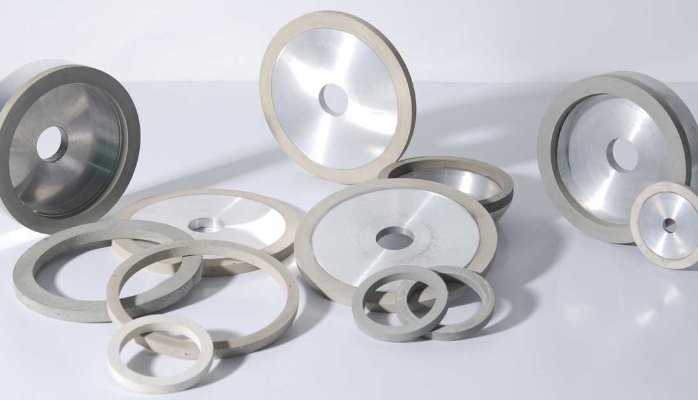Vitrified grinding wheels are a vital tool in various industrial applications, providing precision and efficiency in shaping and finishing operations. These abrasive wheels are made of a mixture of abrasive grains, bonding materials, and porosity agents that are pressed and fired at high temperatures to create a strong and durable wheel. The vitrified bond helps to maintain the shape and sharpness of the abrasive grains during grinding, making them ideal for a wide range of applications.
The Advantages of Vitrified Grinding Wheels
1. Superior Precision and Quality
- Vitrified grinding wheels are known for their ability to provide precise and high-quality finishes on workpieces.
- The rigid structure of vitrified bonds helps to maintain the shape of the wheel during grinding, resulting in consistent and accurate results.
2. High Efficiency and Productivity
- With their ability to maintain sharpness and cutting efficiency, vitrified grinding wheels can help improve productivity in industrial operations.
- These wheels have a longer lifespan compared to other types of abrasive wheels, reducing downtime for wheel changes and increasing efficiency.
Applications of Vitrified Grinding Wheels
1. Precision Grinding
- Vitrified grinding wheels are commonly used in precision grinding applications where tight tolerances and smooth finishes are required.
- These wheels are ideal for grinding tools, dies, and precision components in industries such as aerospace, automotive, and electronics.
2. Tool Sharpening
- For sharpening cutting tools and maintaining their sharp edges, vitrified grinding wheels are a popular choice due to their ability to provide consistent and precise results.
- Manufacturers of cutting tools rely on vitrified grinding wheels to ensure the quality and sharpness of their products.
3. Surface Grinding
- Vitrified grinding wheels are also used in surface grinding operations to create flat and smooth surfaces on workpieces.
- These wheels are suitable for grinding materials such as steel, aluminum, and ceramics in various industries.
Choosing the Right Vitrified Grinding Wheel
1. Consider the Material Being Ground
- Different materials require different types of abrasive grains and bonding materials in vitrified grinding wheels.
- It is essential to choose a wheel that is compatible with the material being ground to achieve optimal results.
2. Select the Right Grit Size
- The grit size of the abrasive grains in vitrified grinding wheels determines the surface finish and material removal rate.
- Finer grit sizes are suitable for finishing operations, while coarser grit sizes are more effective for material removal.
Maintaining Vitrified Grinding Wheels
1. Dressing the Wheel
- Regular dressing of vitrified grinding wheels is essential to ensure optimal performance and longevity.
- Dressing helps to maintain the shape and sharpness of the abrasive grains, preventing dulling and glazing of the wheel.
2. Proper Storage
- Storing vitrified grinding wheels in a dry and temperature-controlled environment helps to prevent damage and maintain their quality.
- Avoiding exposure to moisture and extreme temperatures can prolong the lifespan of the wheels.
Conclusion
Vitrified grinding wheels are a powerful tool in industrial applications, offering superior precision, efficiency, and quality in grinding operations. With the right selection and maintenance, these abrasive wheels can unleash their full potential in various industries, from precision grinding to surface grinding. By understanding the advantages and applications of vitrified grinding wheels, manufacturers can optimize their processes and achieve exceptional results.
